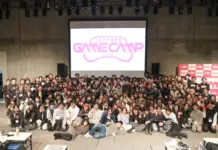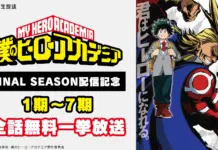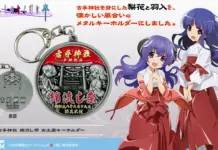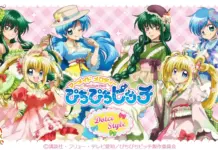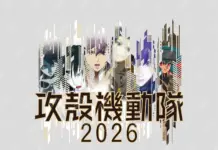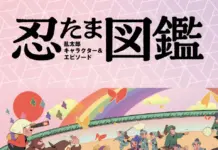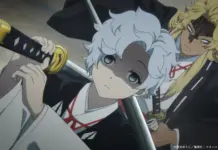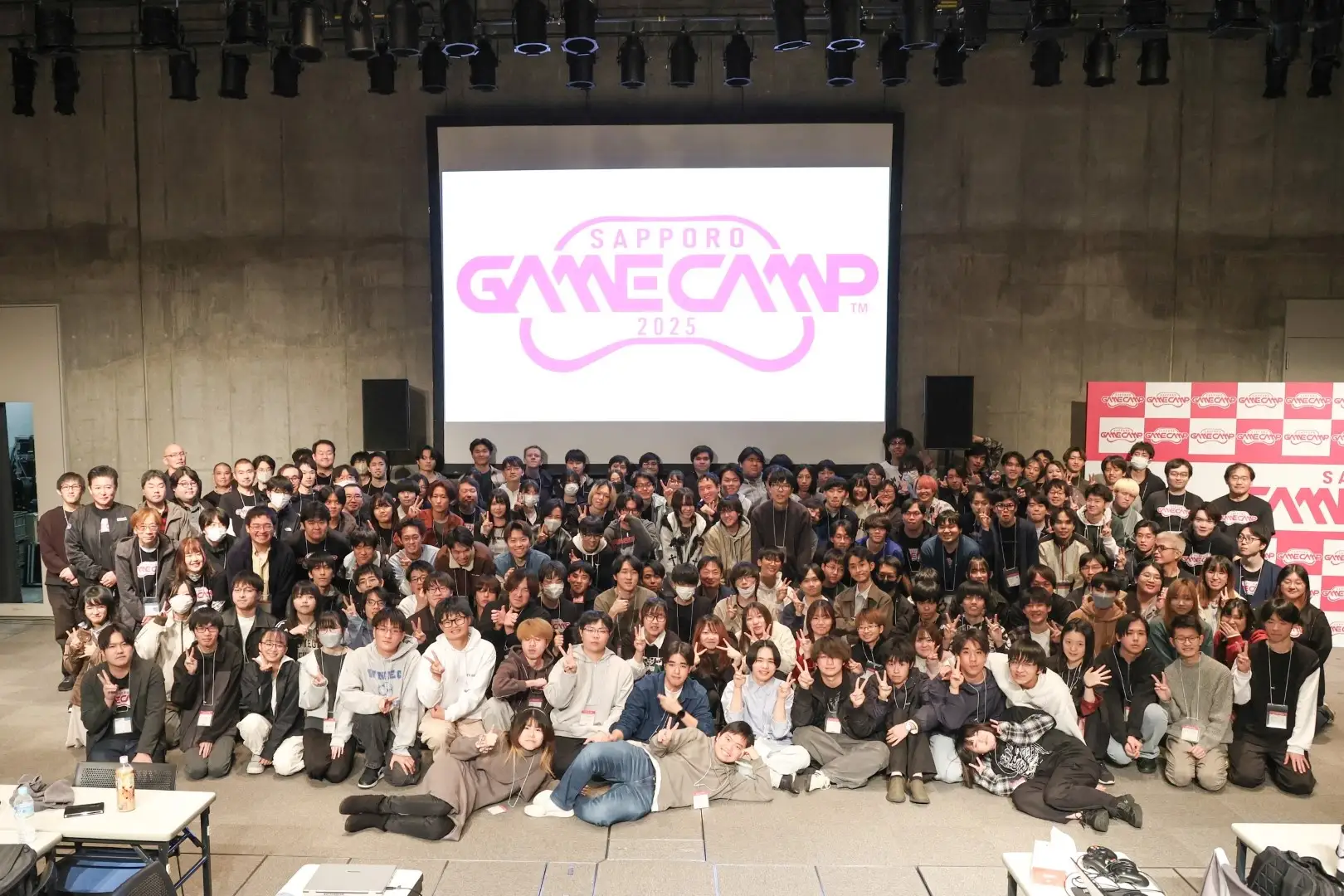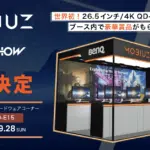Sapporo’s biggest game event just wrapped with real momentum: Sapporo Game Camp 2025 drew about 1,900 attendees across three days (Oct 17–19) at Sapporo Factory, anchored by a 160-member Game Jam that shipped 20 playable prototypes in 48 hours. If you’re a student, indie dev, or a studio eyeing Hokkaido, here’s everything that mattered—and how to plug in next.
SGC 2025 at a glance: attendance, teams, and why it mattered
Run by the Sapporo Game Camp Executive Committee with the city and 15 local companies, the fourth SGC hit scale: ~1,900 unique visitors, a 160-person Game Jam, and city-industry programming that linked studios and students. Day one also hosted a company booth area with 10 Sapporo studios for portfolio reviews and hiring chats—rare face time if you’re job hunting.
Game Jam heat: 20 teams, 48 hours, one theme—“Kakuchō”
SGC’s main stage was the Game Jam. Pros and students formed 20 ad-hoc teams around the theme 「カクチョウ」(Expansion), shipping wildly different ideas—from scope-bending mechanics to “grow-the-world” sims. The point wasn’t polish; it was process: pitching fast, cutting scope, and landing something that runs.
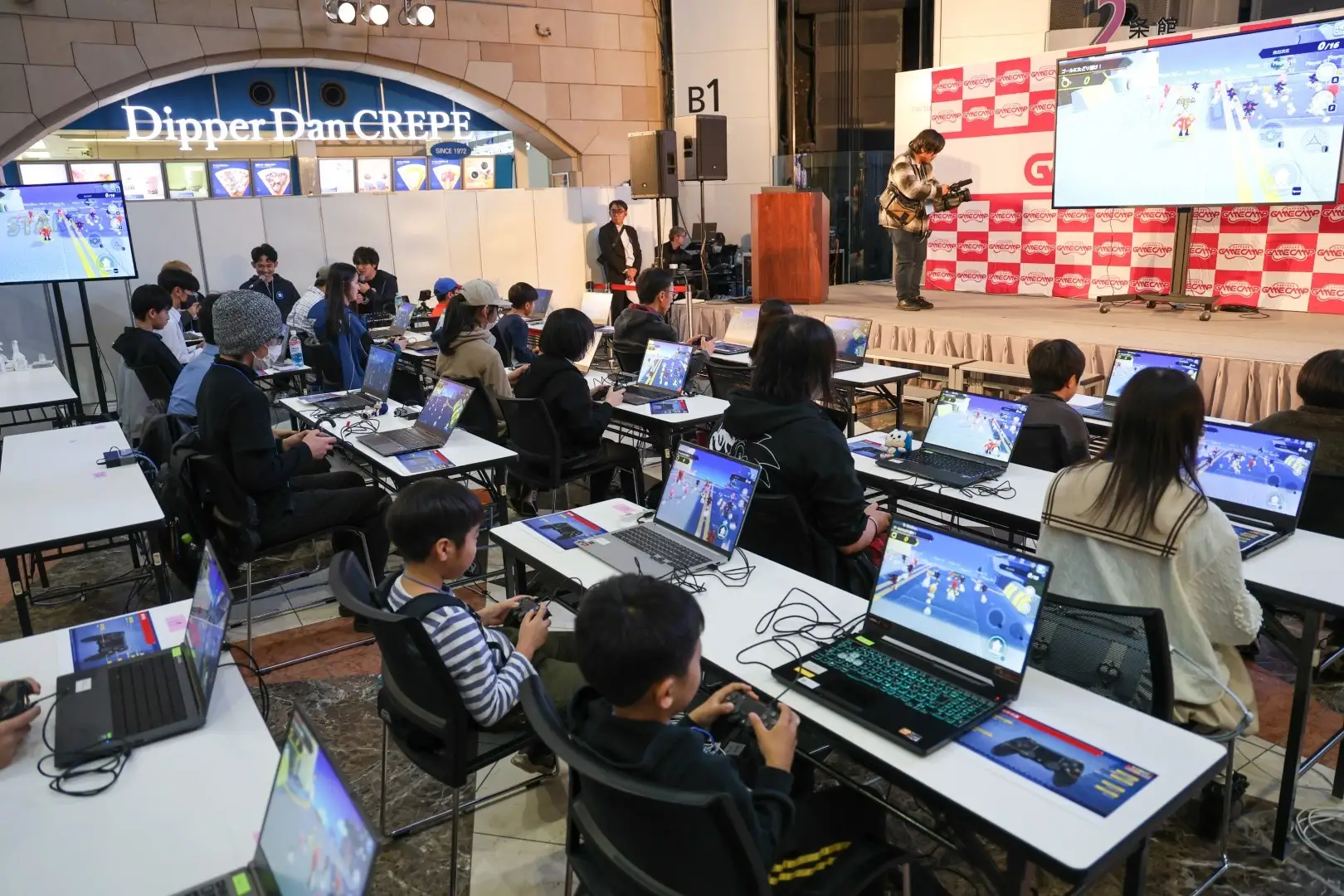
Career fuel: talks that actually helped (and a legend’s keynote)
Ten talk sessions targeted early-career devs—how to interview, what portfolios signal, and the invisible teamwork skills that get you rehired. The keynote paired Takashi Teckebe (Rocket Studio; moderator) with Keiji Inafune for a candid hour on turning zero into one: keep the loop small, ship often, and learn in public.
Hands-on learning: Puyo programming to first-time 3DCG
A “Puyo Puyo” programming class (JavaScript) guided ~50 kids through code edits with pro player piponia as coach, while a First-Time 3DCG track (five mini-lessons) walked ~70 learners from mesh tweaks to prop creation. Outcome: confidence—the thing most beginners actually lack.
Play before launch: Sonic Rumble mini esports drew a crowd
New this year: a Sonic Rumble 1-day mini tournament (the mobile/PC party royale due Nov 2025). ~60 players jumped in, and the takeaway was obvious—party games are perfect for spectator-friendly, low-barrier brackets at regional events.
Why it matters: Sapporo is building a real dev hub
Roughly 70 content companies now operate in Sapporo, with fresh arrivals accelerating. Add frequent portfolio review meets and a 2026–2027 pipeline of large esports events, and the region’s “learn-build-ship” loop is getting tighter—and more visible.
Join the next wave: practical steps for students, indies, and sponsors
Students / juniors: Bring a small, finished prototype and a one-pager; hit review events early.
Indies: Prepare a vertical slice for next year’s Jam showcase; bring a playable, not slides.
Studios / sponsors: Book a booth and a review table; send HR and seniors for signal-rich conversations.

